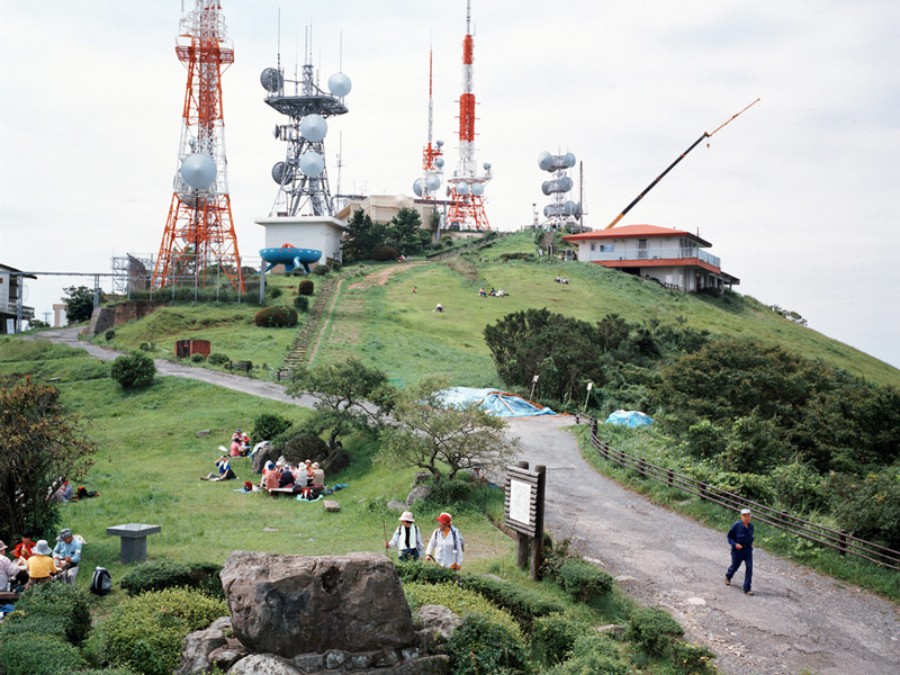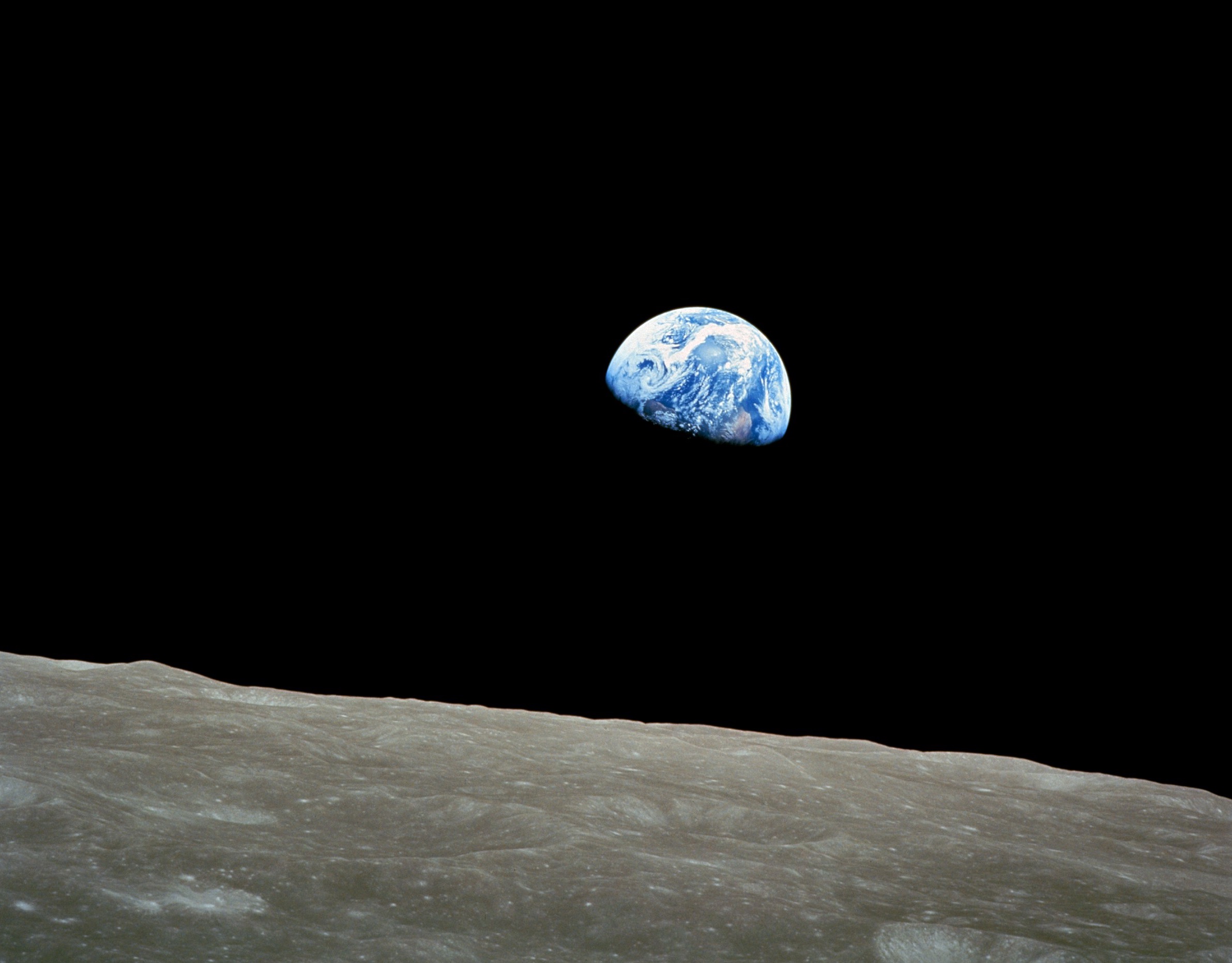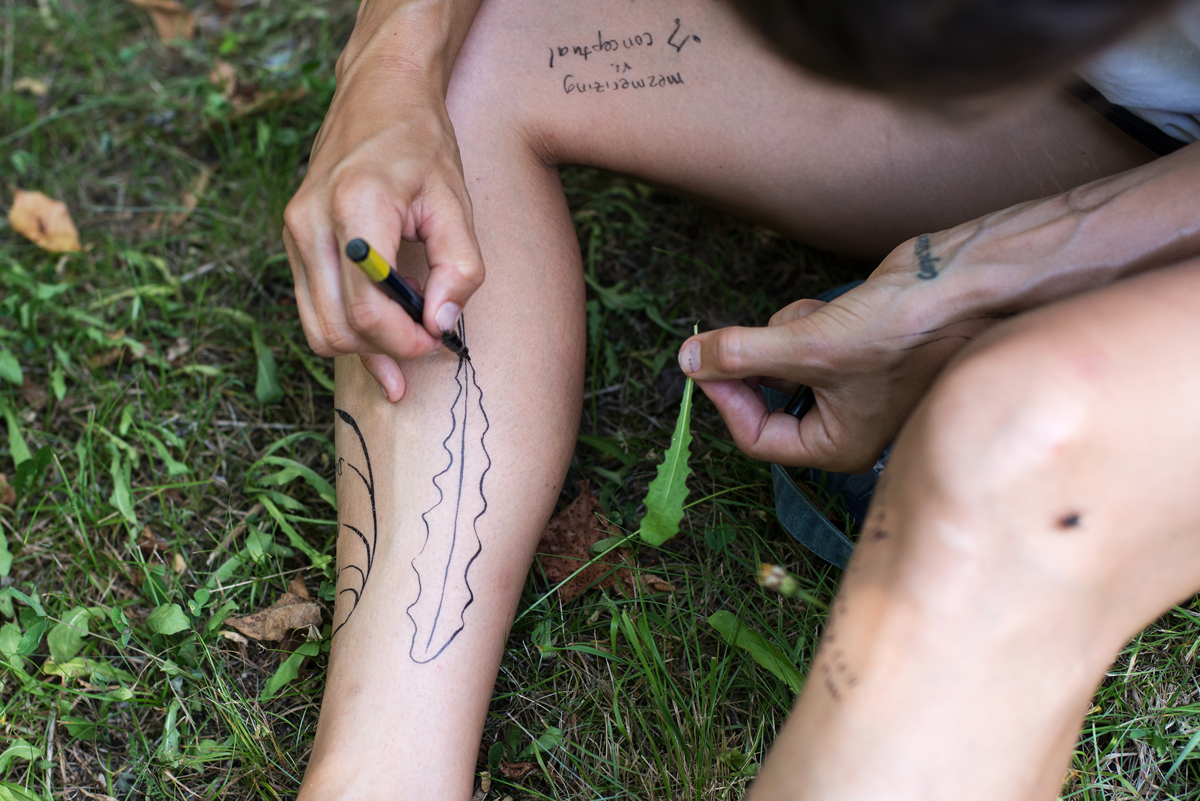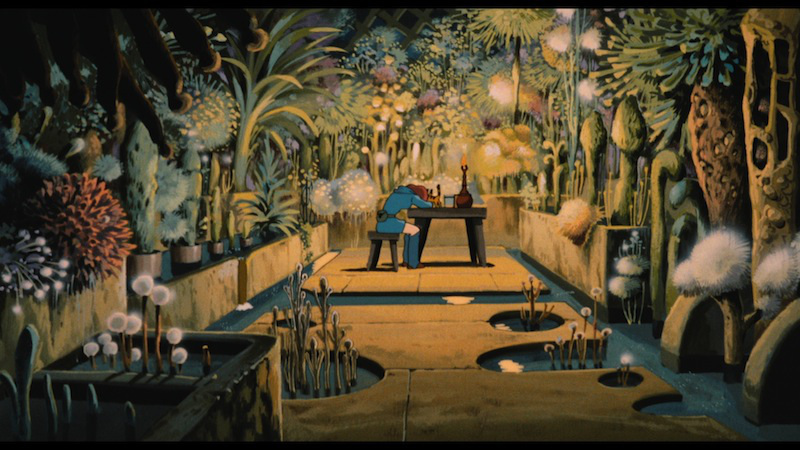The Laboratory Planet collective explores new narratives of resilience
Published 12 November 2018 by la rédaction
The Laboratory Planet collective is currently studying systems theory, collective resilience and stories of regeneration. They develop their research hypotheses for Makery.
Column by Laboratory Planet collective
For the past three years, the art and research collective Laboratory Planet has been examining objects and modes of thought associated with the Anthropocene. The hypotheses explored in this text apply to modes of establishing reality through systemic thinking, which forms the intellectual infrastructure of the Anthropocene. They apply simultaneously to certain concepts that have become the kingpins of systemic thinking in the age of radical ecological, economic and social crises: resilience and regeneration. Finally, they apply to the collective itself as a form and matrix of resilient management, which in turn involves putting into action regenerative capacities.
The Anthropocene and modes of establishing reality through systemic thinking
The Anthropocene is defined as the geological era during which, due to the exponential increase in fossil fuel energy consumption following the industrial revolution, humanity has a major geological and environmental impact—in proportions that irreversibly upset environmental and ecosystemic balances on a scale unseen in millennia, leading to major economic and social disruptions in the near future: a decline in the fossil fuel-based energy system, which constitutes the energy infrastructure of globalization; disruption of vital geochemical cycles (carbon, phosphorus, sulfur, nitrogen); depletion of natural resources; extinction of species; acidification of oceans; exhaustion of soils; scarcity of fresh water.
Thus qualified, the Anthropocene is about systems. And it’s from a systemic viewpoint that we can hope to correct or reduce our impact.
In a systemic approach to the Earth, location is inconsistent; it is subordinate to the global, which gives meaning and orientation to all locations. The slogan of sustainable development—“act local, think global”—is not an adequate response to the disaster. Reducing local externalities is useless if in parallel the global accumulation of externalities is out of control. The “solution” is then to reinforce the consistency and application of an engineering vision. This leads to different ways of modeling the Earth or environments that are, in the end, interdependent. So how is a rural location still an object that is capable of responding to issues raised by the Anthropocene?

Dennis Meadows, systemic thinker and co-author of The Limits to Growth (1972), declares that today, it is too late for thermo-industrial societies to implement sustainable development and urgently advocates building resilient micro-systems to prepare for the shocks that lie ahead. Meanwhile, he questions the capacity of a macro-systemic approach to resolve the problems posed by thermo-industrial societies. But in both macro- and micro-systemic approaches, systemic vision informs the overall vision, which constitutes the intellectual infrastructure of the Anthropocene. The limits of this approach, however, are well documented.
Here we tackle this double systemic perspective of the Earth. While the naturalist approach has the advantage of describing, simply, the great geochemical cycles, which apply to all, or the metabolism of resilient micro-systems, it doesn’t cover the social, economic and cultural dynamics that are intrinsically linked. Everything happens as if the solution lies in a surplus of engineering or scientific rationality. From a systemic perspective, the social world is presented too simply, objectified and quantified, ruled by causal laws, and therefore likely to interface and coordinate with natural sciences through input and output flows. How does situated cultural and social reality challenge the clarity and simplification of the systemic approach? How does it open other ways of doing, acting and thinking in the Anthropocene? How does it offer an alternative view of the present, for which the very term Anthropocene seems inadequate?
For the past few years, Laboratory Planet has examined these questions. First, we collectively researched the planet as factory and as laboratory, the experiments on 1:1 scales, especially experiments in geo-engineering. The theme of our last issue was what we called the possibility of “alien capitalism”, in order to designate this breaking away from conditions that had up until now been considered natural. Various new objects—biological, economic, spatial, ideological, etc.—radically “a-terrestial” or even “extra-terrestrial” objects have appeared as technoscientific capitalism has developed, questioning the evidence of Earthlings’ attachment to the Earth, their geochthonian attachment, or at least of a significant number of them.
The macro-systemic perspective, which escapes the immersive vision to produce a synthetic vision of the Earth, intersects with the invention of the zenithal image of the “blue planet” as photographed 50 years ago, just as systems theory was introduced. This conquest of the sky, of synthetic vision, seems to have abrogated the land-view vision of those who practice the Earth as sensitive organisms.
At this level is deployed a systemic approach, often incremental and not at all scalable, but which implements local or situated practices of regeneration, adapted to the variations and interlacing of heterogeneous components, at once sensitive, biological, social, ecosystemic, industrial, commercial, cultural.

Imagining regeneration
The concept of resilience has many meanings and uses in various fields. It refers to the capacity to recover from a shock, whether the shock is economic, social, ecosystemic or organic. It also refers to the capacity to absorb a shock or adapt to it. As such, this concept is one of the tools of systemic thinking that seeks to model abrupt changes.
Regeneration is the next phase: the capacity not only to recover from a shock but also to restore the initial state of a destroyed ecological or social condition. It differs from sustainable development by aiming not for balance, a theoretical zero-impact, but rather to “repair” the biosphere.

It’s at this specific point that radically different attitudes have emerged. At first, repair seems to refer to geo-engineering, the capacity to reform a planet that is understood as both a system and a machine. This vision of the Earth as a repairable system translates into other fields: regenerative urbanism, regenerative food, agriculture. In each case, it’s about restoring an initial state that has been destroyed or replacing it with an equivalent state. However, nobody believes that it’s possible to “repair” the damage of the Anthropocene, to return to the Holocene. There exists no method to restore the primary habitats that have been degraded. Only hybrid ecosystems, whose changes are reversible, can be restored.
And it’s a different story with living organisms. The body is constantly regenerating itself, as each of its 100 billion cells is gradually replaced. The heart is regenerated every 20 years. Each bone in the body is regenerated every 10 years. Nails regenerate every 6 to 10 months. The liver is regenerated every five months. Blood cells regenerate every four months. Skin regenerates every four weeks. These regenerative capacities of the metabolism are actively studied in various disciplines, in particular through research on the regeneration of tissues in marine biology.
But the concept of regeneration extends beyond its descriptive use. The philosopher Donna Haraway uses the term as a lever to dismantle the reproductive logic of the military-industrial complex. Here we find a point of tension between the reproductive logic of the systemic management of spaces such as in precision agriculture (optimizing the exploitation of large agricultural surfaces by using drones and satellites) and the regenerative logic of collective and citizen management of the territory, which, instead of modeling (reproductive logic), restores operations—like a salamander that, after losing a limb, regrows structures by pairing with other topographical productions on the site of the injury. The garden in a crisis area, like the regenerating limb, can be monstrous, polluted. It adjusts to local tensions and institutional constraints.

Collective resilience and resilience by the collective
What modes of resymbolization and storytelling exist today, amidst an increasing atmosphere of insecurity, vulnerability and helplessness in the Anthropocene? Our perspective responds to the extreme with regeneration and forming a collective culture.
Unlike the prophecy, collective culture, and by extension the culture of commons, need not be a tragic narrative, or the synoptic vision of an uncertain, confusing and obscure world—the world of the Anthropocene—radically objectified and all the more foreign. Concrete, situated, this culture of commons experiments with the art of making this uncertain and dangerous world habitable—socially but also ecologically, culturally, technically habitable. This collective art is also an art of the collective, not a monopoly of artists but spread out among scientific, social, agricultural, cultural, technical fields.
In a systemic approach, the art of the collective refers first to what Meadows calls resilient micro-systems: systems that must be urgently created in order to face the upcoming shocks. This is what is being experimented in working gardens that have proliferated in the interstices of cities lacking clear governance and a vision for the future. The other side of the collective takes action in systemic infrastructures, whether by investigating cultural and social singularities, or in a very different way, by reappropriating ecosystem monitoring devices through collective and citizen management of the territory (as with citizen sensors).
More publications by Laboratory Planet
